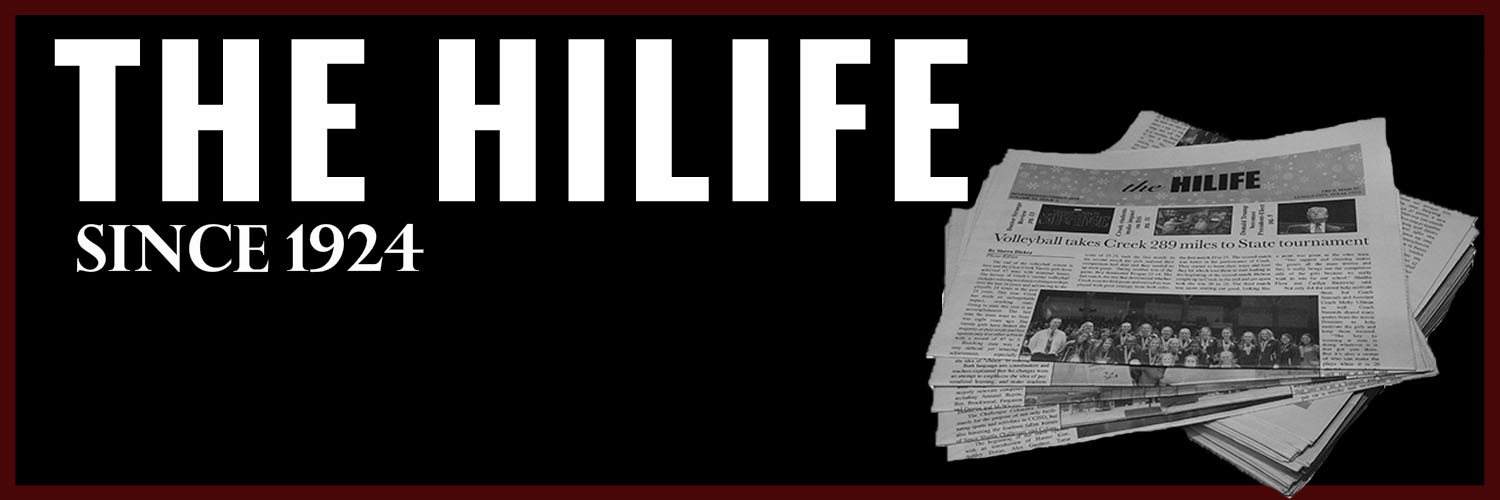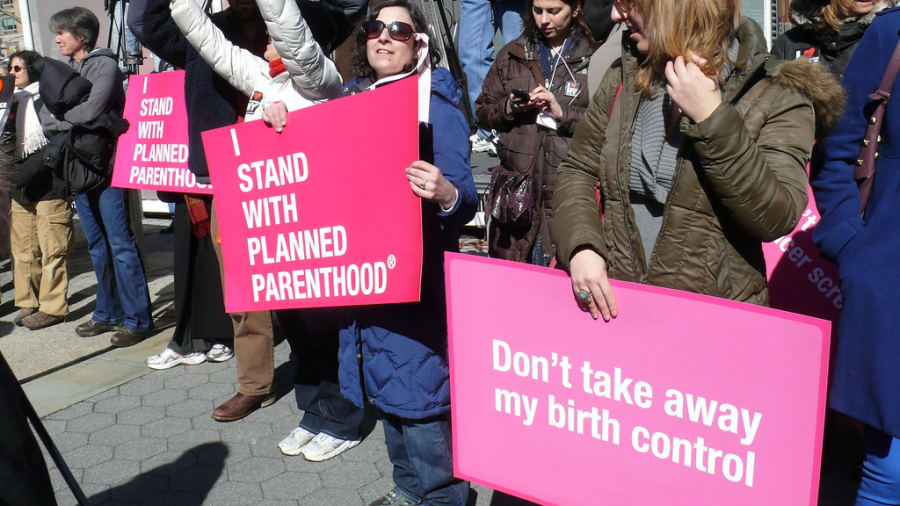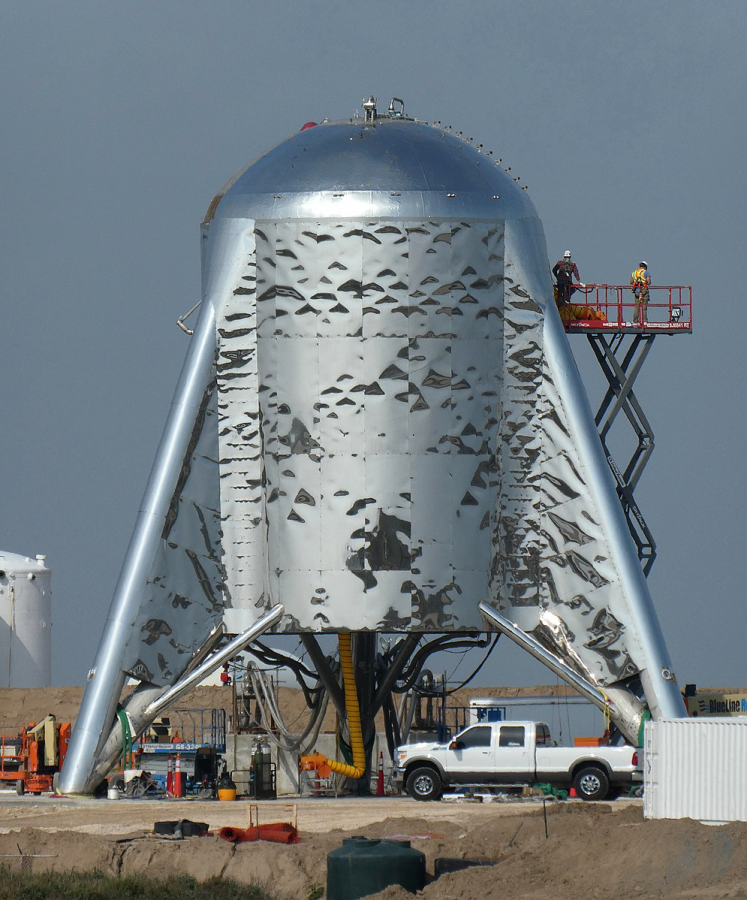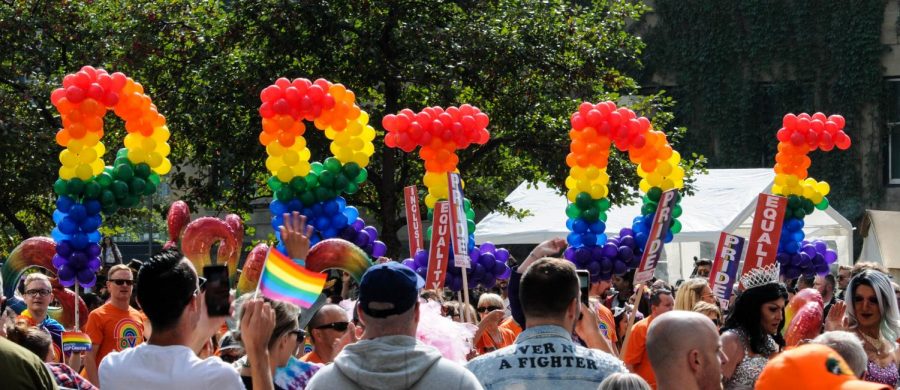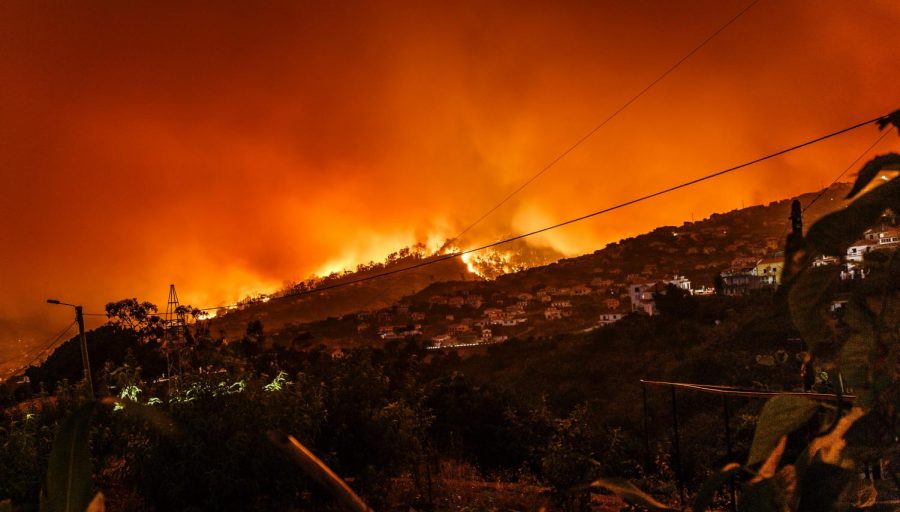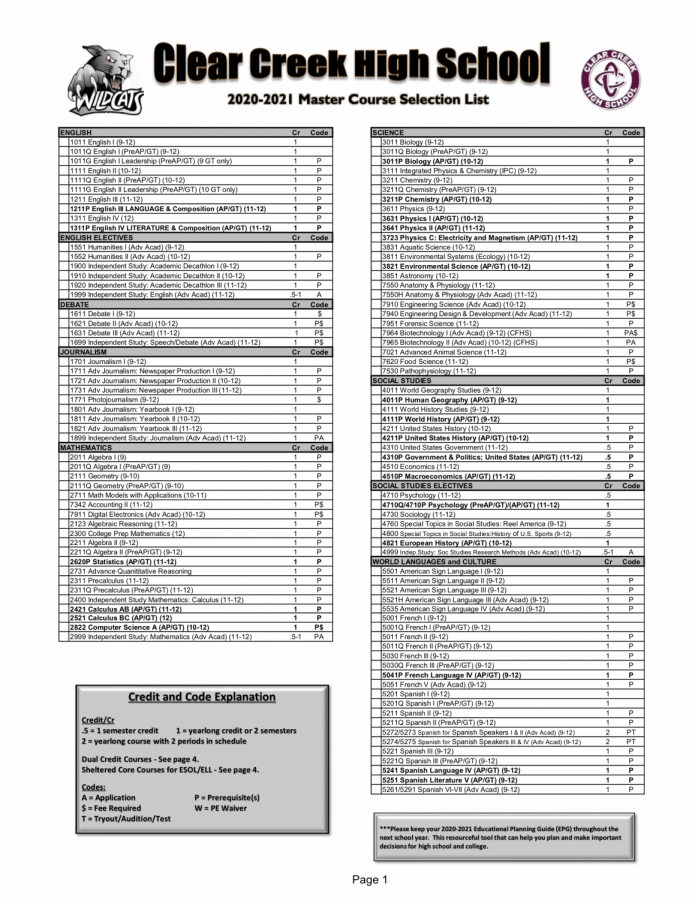Snowstorm Jonas encourages many to stay inside
A light snow continues to fall in Brooklyn, and with a travel ban, all roads are quiet on Saturday, Jan. 23, 2016, during a powerful weekend storm blanketing the East Coast in snow. (Carolyn Cole/Los Angeles Times/TNS)
March 3, 2016
The snowstorm Jonas hit along the East Coast from January 22 to January 24. It buried a large portion of the affected area with more than two feet of snow. The heavy snow also impacted parts of the South and Ohio Valley on the first day and brought snow to the Plains on the second day.
Jonas is the largest snowstorm on record for several locations in the East and the second largest storm for New York City. Snowfalls totals from the storm topped out at 42 inches in parts of West Virginia and at least 14 states in total received more than a foot of snow from the storm.
“This is kind of a top-10 snowstorm,” said weather service winter storm expert Paul Kocin, who co-wrote a two-volume textbook on blizzards.
The storm dropped 26.8 inches of snow in New York City’s Central Park, which is the second highest total for any storm since 1869. The storm itself travelled from the Gulf Coast to New England, with areas of Washington surpassing 30 inches. The heaviest unofficial report of snow was in a rural area of West Virginia with 40 inches of snow.
The snow was whipped into a maelstrom by winds that reached 75 miles per hour at Dewey Beach, Delaware, and Langley Air Force Base, Virginia. From there to New York, sustained winds topped 30 miles per hour and gusted to around 50 miles per hour. There were also extreme bursts of thunder and lightning.
While residents were informed of the extremities of the weather and the consequences of being exposed to such extremities, serious problems still occurred. At least 48 people died, about a quarter of a million customers lost power, and hundreds of crashes have been reported. Many businesses and schools were also closed due to the harsh conditions. Travel bans barring non-emergency vehicles from the roads of New York City and Baltimore were lifted early Sunday morning, and mass transit systems that had been partially suspended during the storm were scheduled to run again.
New York City, otherwise known as “The City That Never Sleeps”, was more like a ghost town with everything dark and barren.
Crews worked to reach all of the streets to clear the snow, but the job was immensely tedious, so not every street got the attention it deserved.
“You can’t even call 311 because they don’t even pick up the phone now,” a resident of the Pelham Bay section of the Bronx said. “Even if they made one pass yesterday, this would have never gotten to the way it is now. This is terrible.”
A home in Loudoun County, Virginia was even burned to the ground on Sunday along an unplowed road, Washington Post reported. Fire crews had to choice but to stretch the fire hose more than 800 feet to reach the house and all residents within the home were rescued.
The Maryland Emergency Management Agency asked people to keep from traveling in any form, however airlines resumed service a few days later. An airport in New Jersey reported that more than 200 flights were cancelled the next day.
